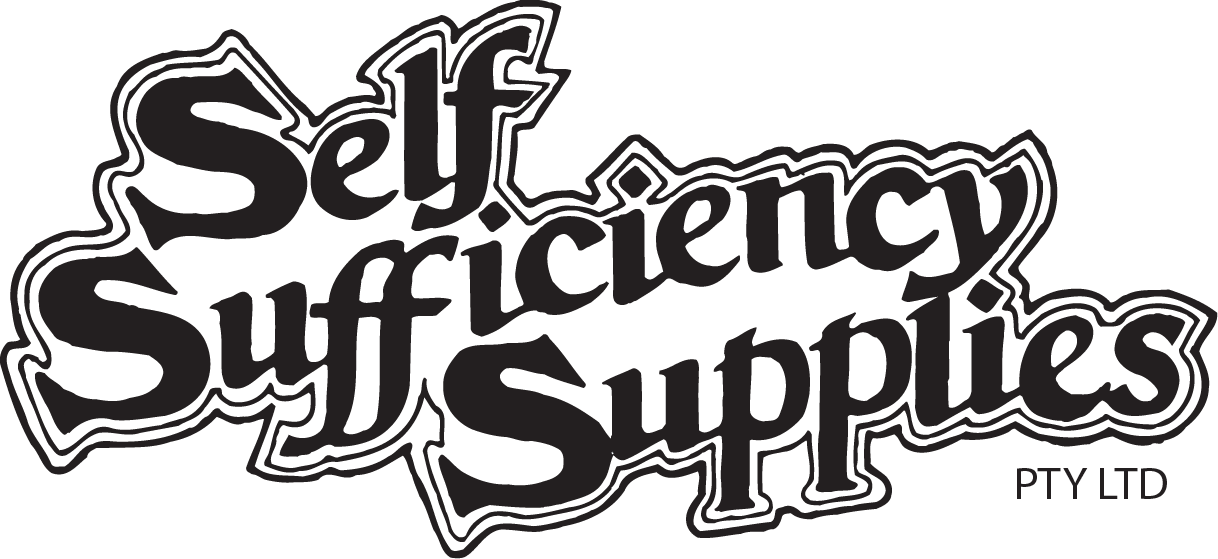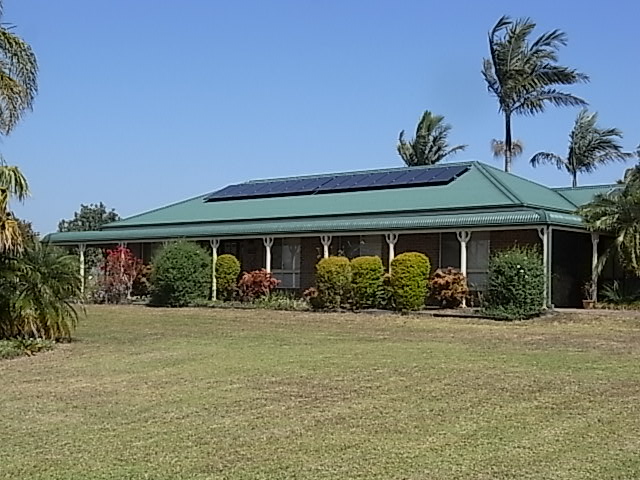GRID-CONNECTED SOLAR PV SYSTEM
Having a grid-connected (GC) solar photovoltaic (PV) system is the usual option for those who already have power connected to the property, and are looking for ways to reduce their power bills.
With a GC system, power is produced by the solar panels and sent to an inverter where it is changed to power compatible with the grid power. It then goes into the premises to be used by asppliances, etc and whatever power is unable to be used immediately, is exported to the grid.
Since the NSW Government (along with many other States) has taken away any mandated payment for the power you export, the only way to obtain a substantial benefit from your GC system is to use as much of your power as possible during the day whilst the sun is shining (8am - 4pm), and reduce the power you use at night.
Any power you need that is not supplied by your solar system will cost you full price. If you produce more than you need it will be exported to the grid and you are paid nothing for it unless you have a contracted rate with your energy retailer. Even then, the amount you are paid is a small fraction of the rate at which you buy it.
This all means that unless you have a substantial and regular daytime use of power such as for pool pumps, irrigation pumps, air conditioning, high lighting loads, workshop tools, etc it will be hard to justify the cost of a GC system from the savings you are able to make. In some situations GC with battery backup may be an option, even though it is a much larger investment. Then the solar energy collected during the day can be used at night.
However, if you do have substantial daytime use of power at home or have a commercial premises, GC power is an excellent investment. The savings in power costs provide a better return on investment than having money sitting in a bank collecting interest. Returns are typically 10-20% and for businesses these costs are of course tax deductable. If unsure we can assist you in determining if a solar GC system is a worthwhile investment.





